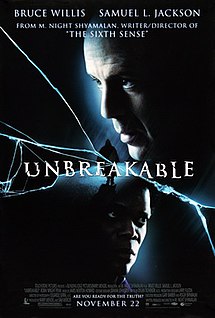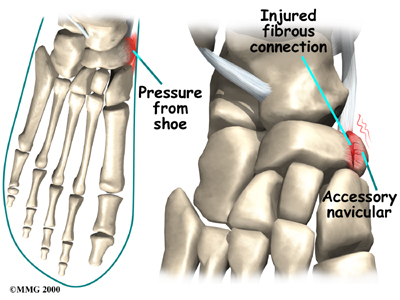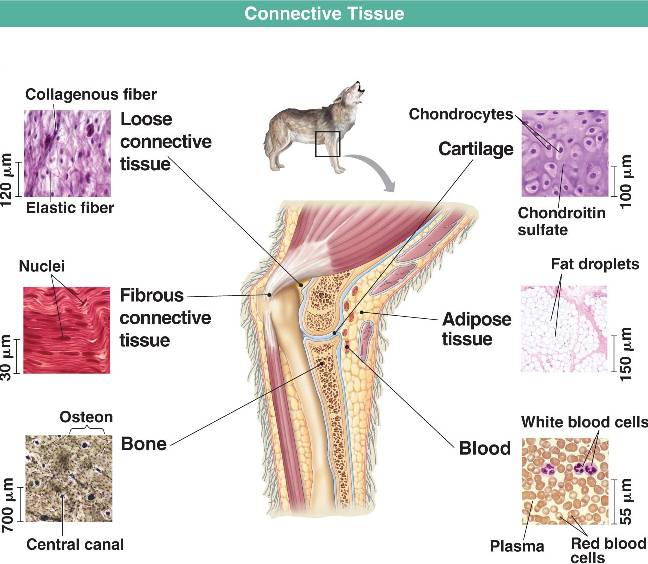Elijah Price (Samuel L. Jackson) is born with Type I osteogenesis imperfecta, a rare disease in which bones break easily. He grew up with the nickname "Mr. Glass." Drawing on what he has read in comic books during his many hospital stays, Price theorizes that if he is frail to the extreme, then perhaps there is someone strong to the opposite extreme.
David Dunn (Bruce Willis) is Price's polar opposite which he discovers slowly throughout the film as Price tries to convince him that he is the mordern incarnation of a superhero. Dunn eventually begins to believe it himself and after discovering he has a limited form of ESP begins to embody the idea of a minor hero. He also finds that he has a weakness that nearly kills him. By the end of the film Dunn confronts Price about his involvement in finding someone (Dunn) who is his archnemesis.
The purpose of this blog is not to review a movie but to take a brief look at the disease osteogenesis imperfecta.
Osteogenesis Imperfecta
Osteogenesis imperfecta (OI) is a congenital disease, meaning it is present at birth. It is frequently caused by defect in the gene that produces type 1 collagen, an important building block of bone. There are many different defects that can affect this gene. The severity of OI depends on the specific gene defect.
OI is an autosomal dominant disease. That means if you have one copy of the gene, you will have the disease. Most cases of OI are inherited from a parent, although some cases are the result of new genetic mutations.
The classic symptoms include:
- Blue tint to the whites of their eyes (blue sclera)
- Multiple bone fractures
- Early hearing loss (deafness)
Because type I collagen is also found in ligaments, persons with OI often have loose joints (hypermobility) and flat feet. Some types of OI also lead to the development of poor teeth.
Symptoms of more severe forms of OI may include:
- Bowed legs and arms
- Scoliosis (S-curve spine)
Treatment
There is not yet a cure for this disease. However, specific therapies can reduce the pain and complications associated with OI. In severe cases, surgery to place metal rods into the long bones of the legs may be considered to strength the bone and reduce the risk of fracture. Bracing can also be helpful for some people.
Fun Fact: In the movie GATTACA Vincent has this procedure done to increase his height. He is attempting to impersonate someone else. Consider what he is dong in light of the quotes below presented at the very beginning of the movie.
"I not only think that we will tamper with Mother Nature, I think Mother wants us to." - Willard Gaylin
"Consider God's handiwork; who can straighten what He hath made crooked?" - Ecclesiastes 7:13
"I not only think that we will tamper with Mother Nature, I think Mother wants us to." - Willard Gaylin















